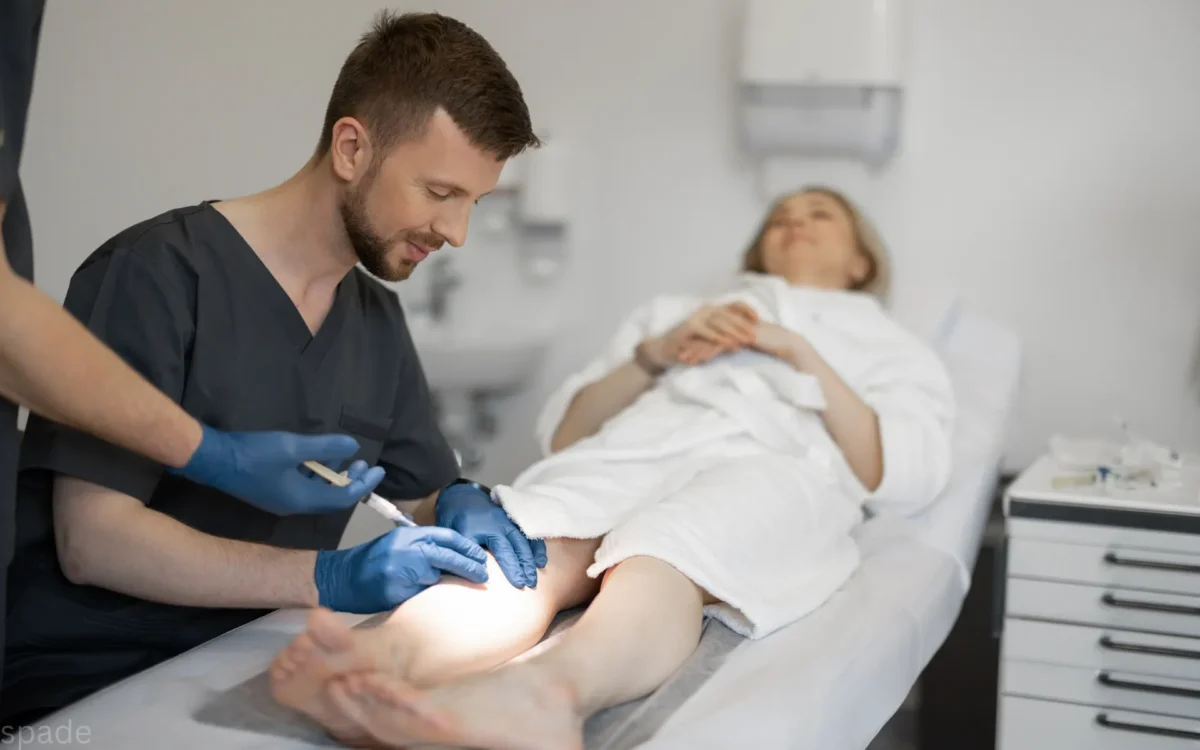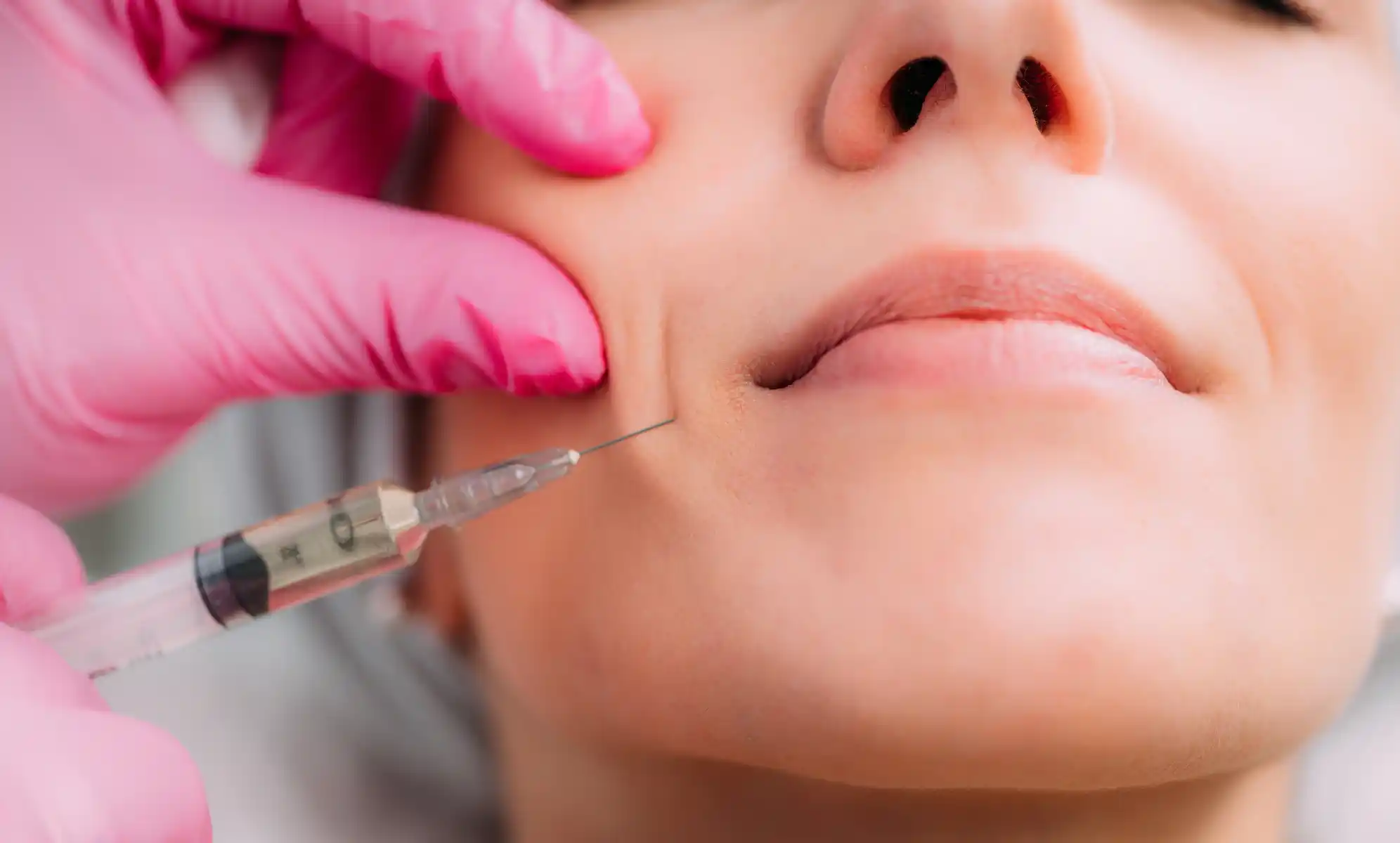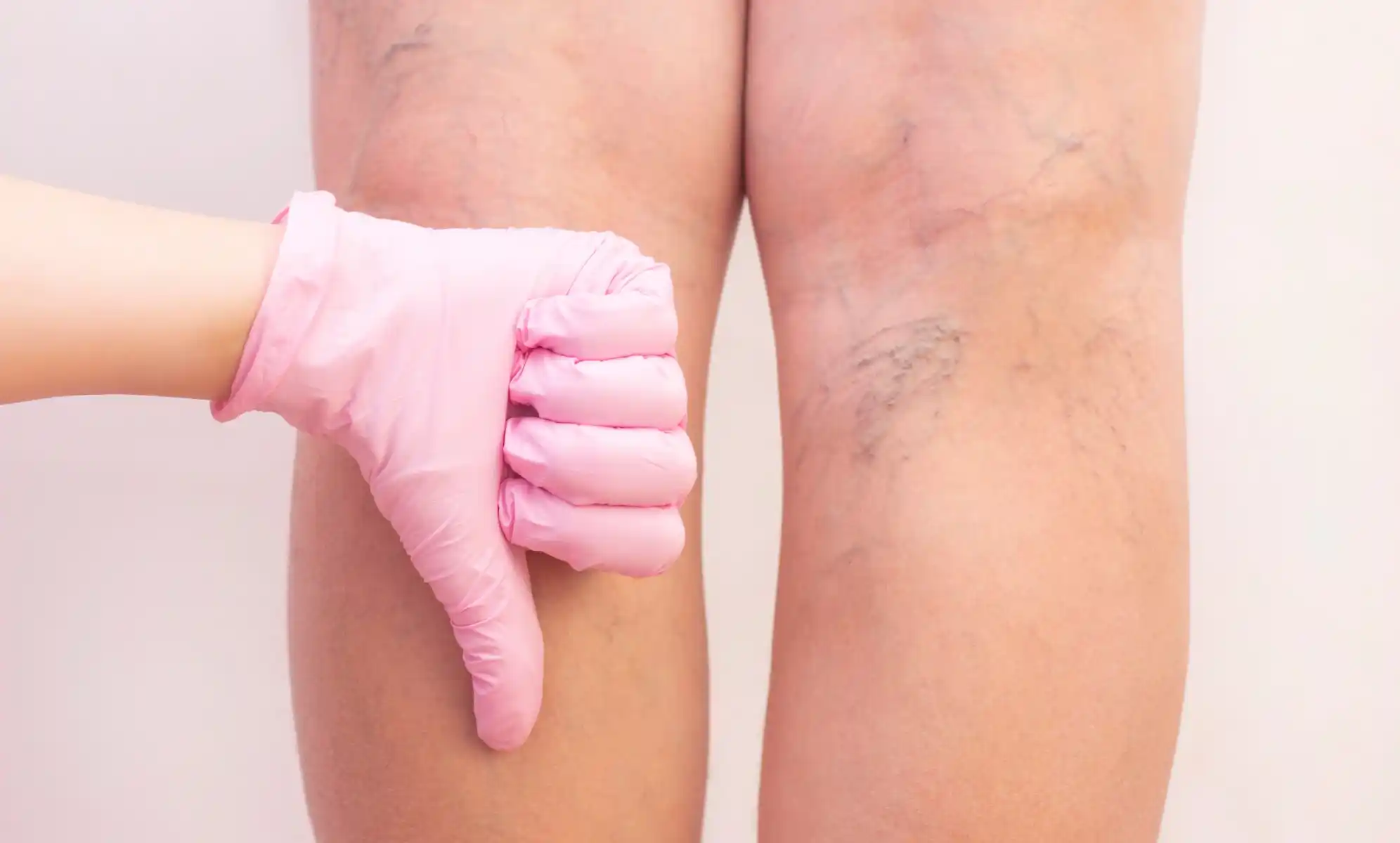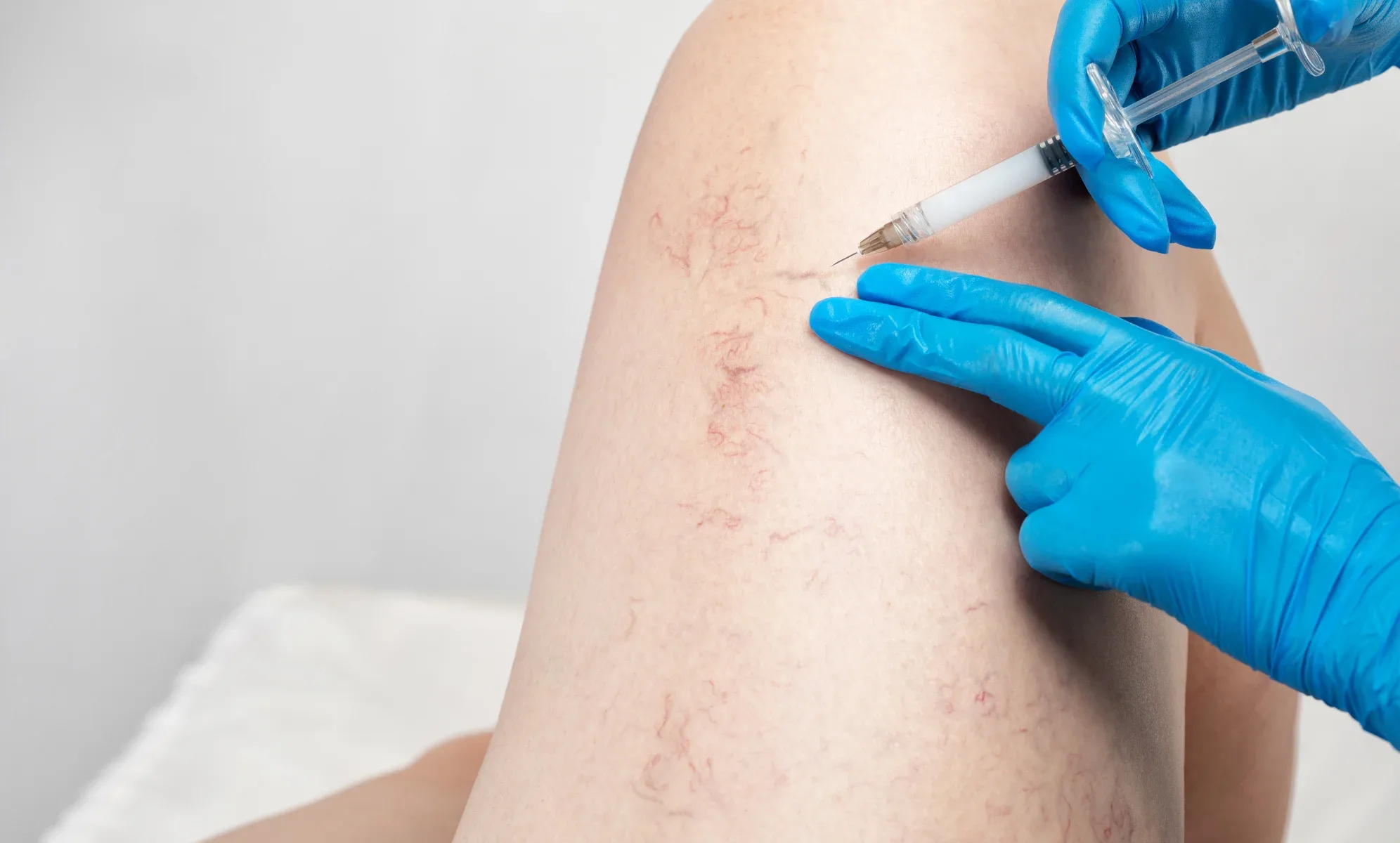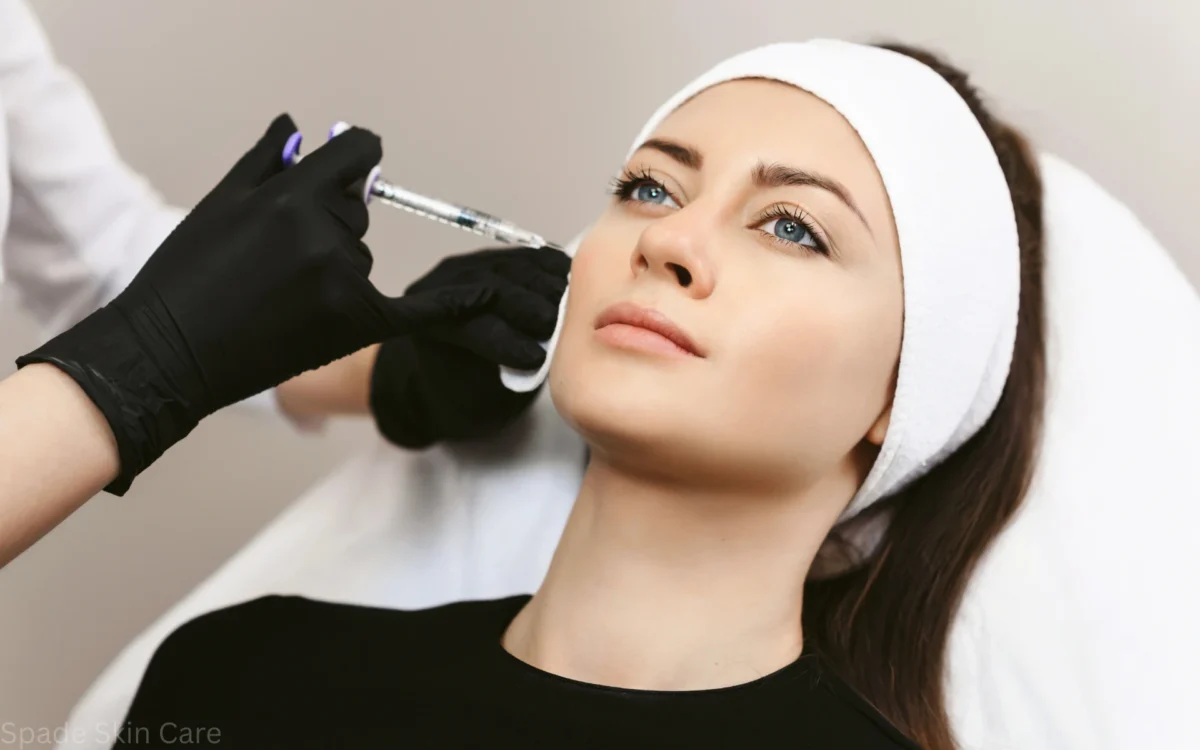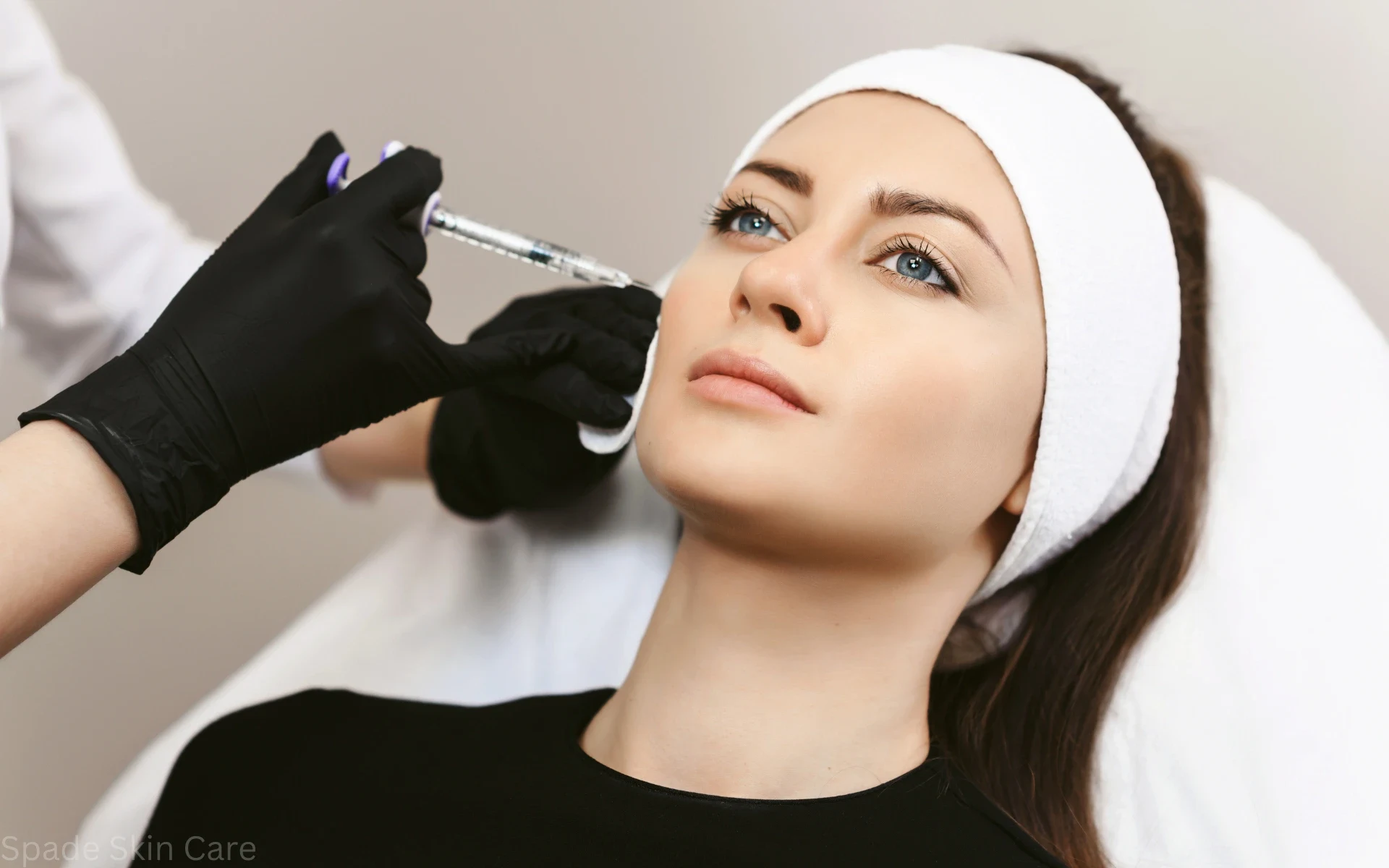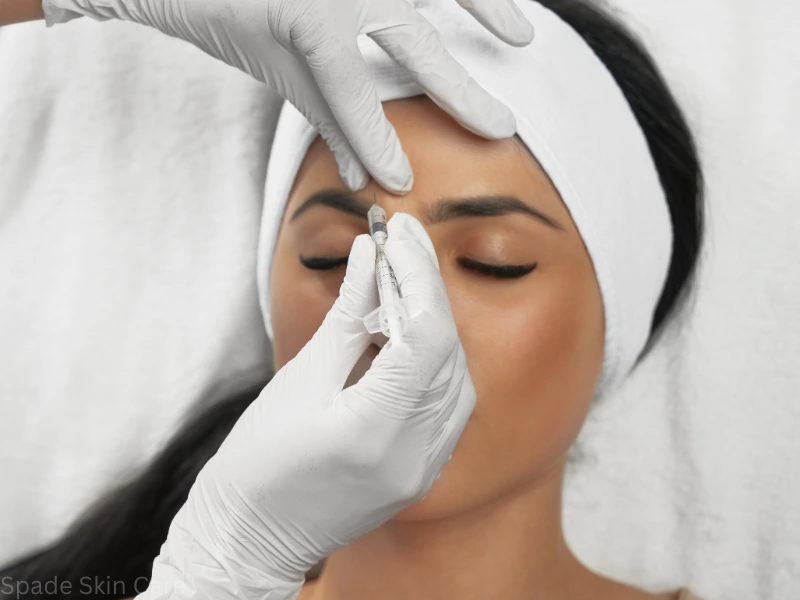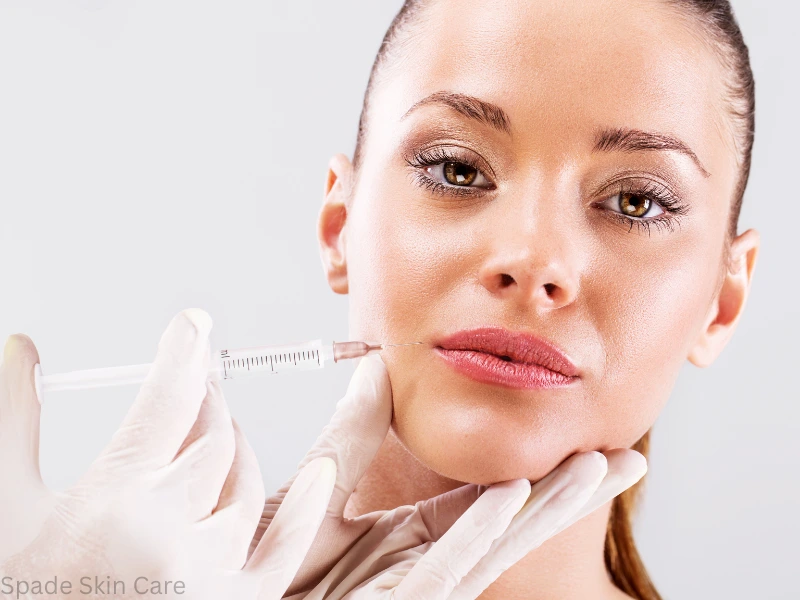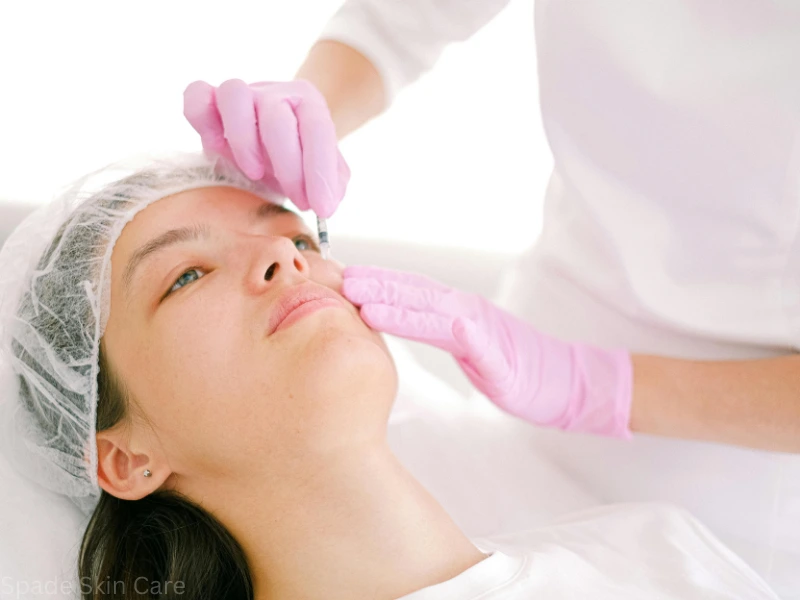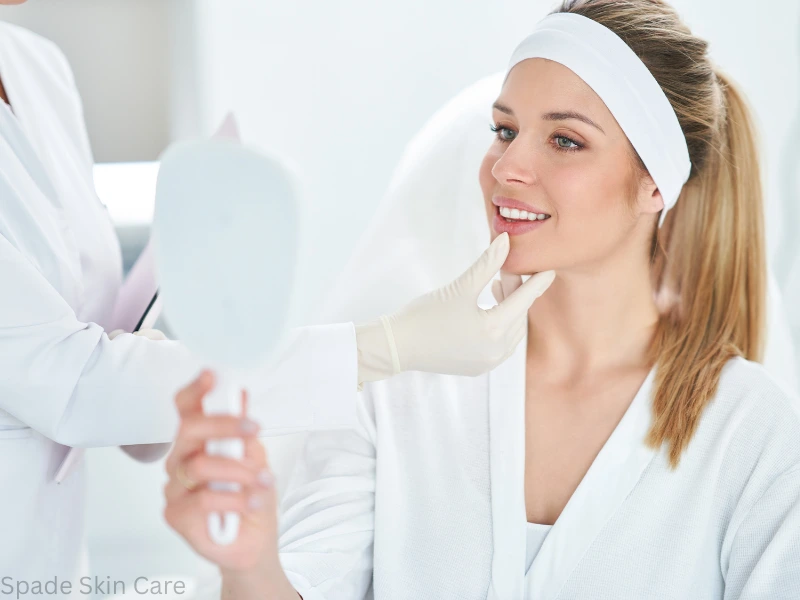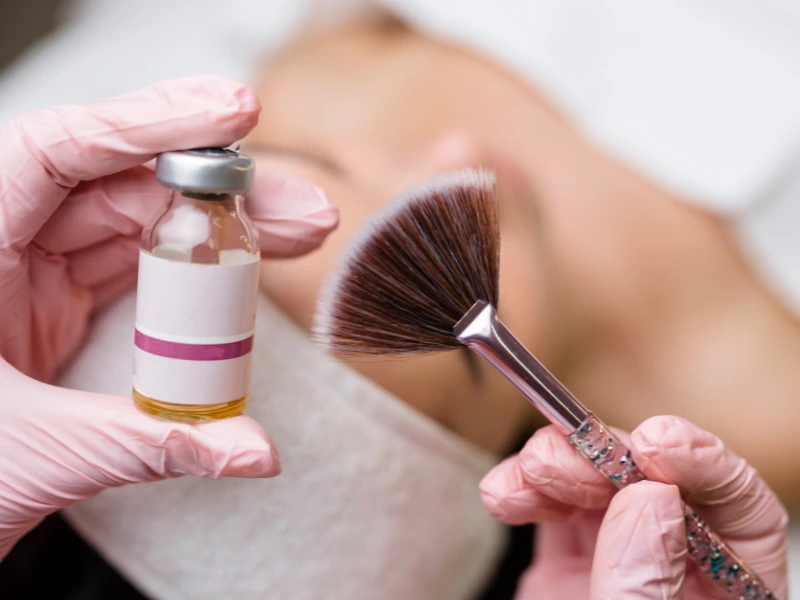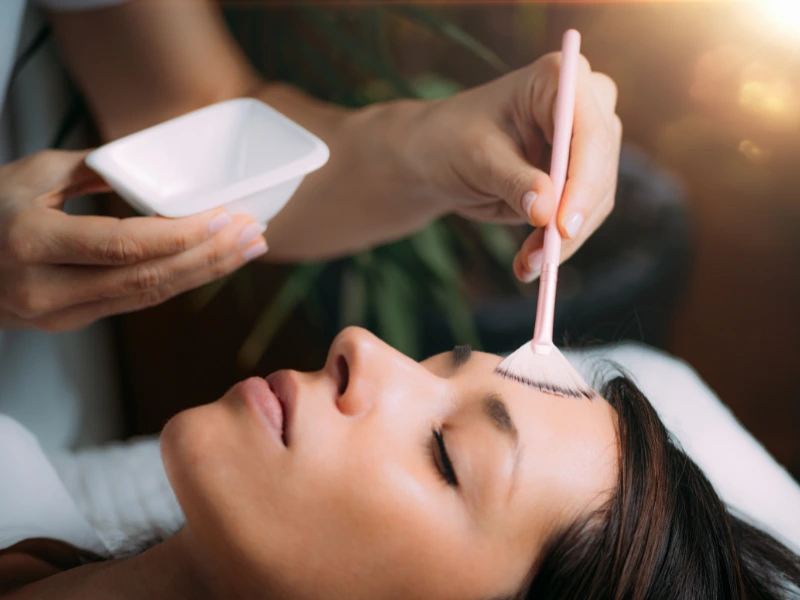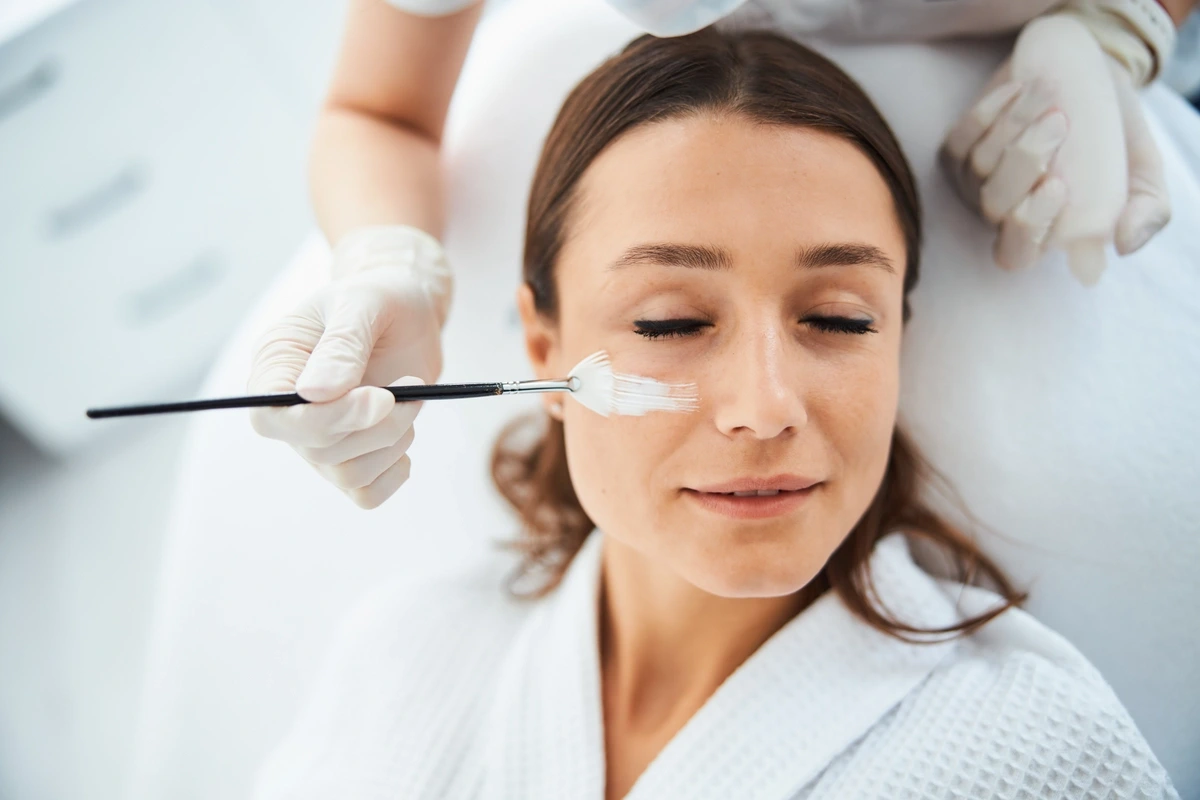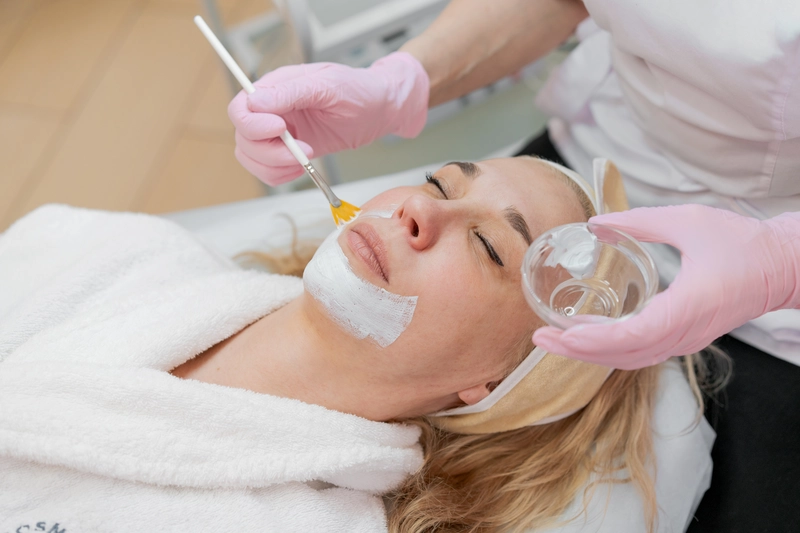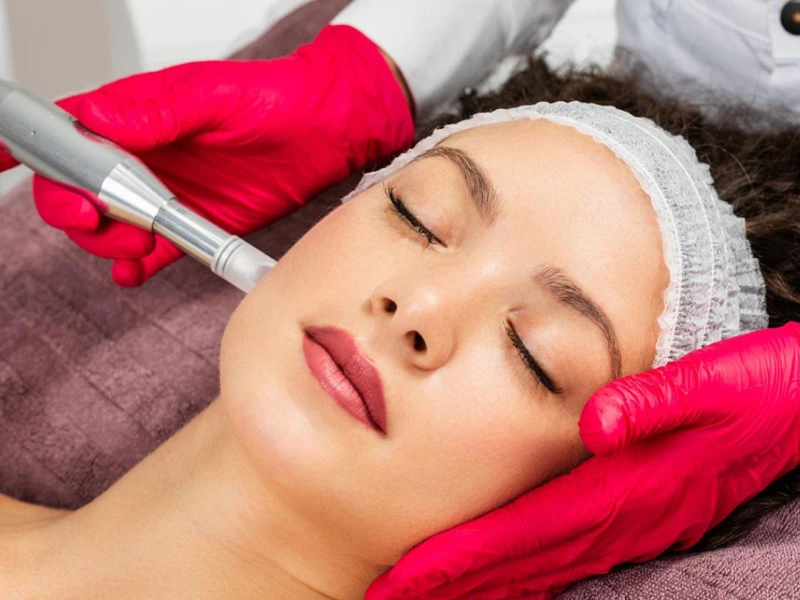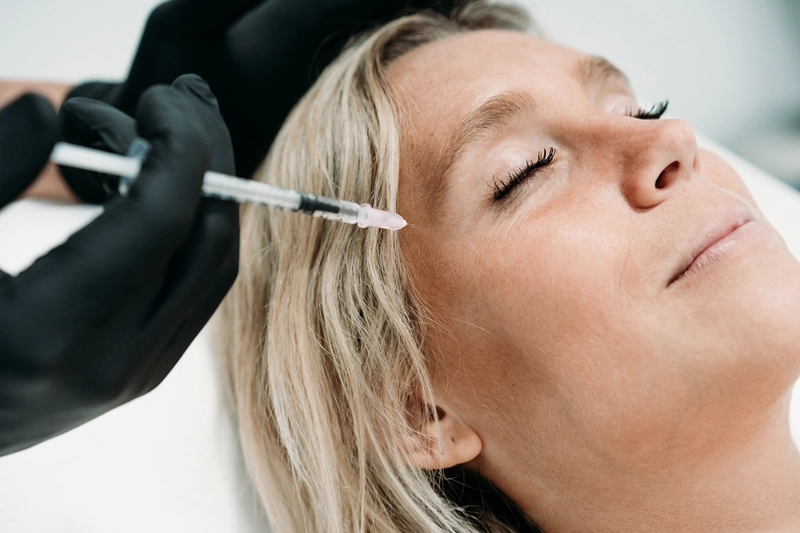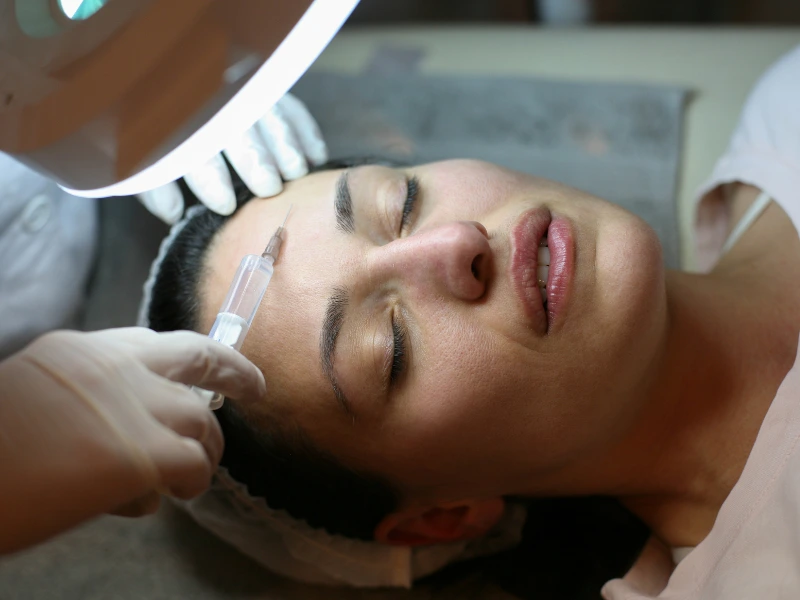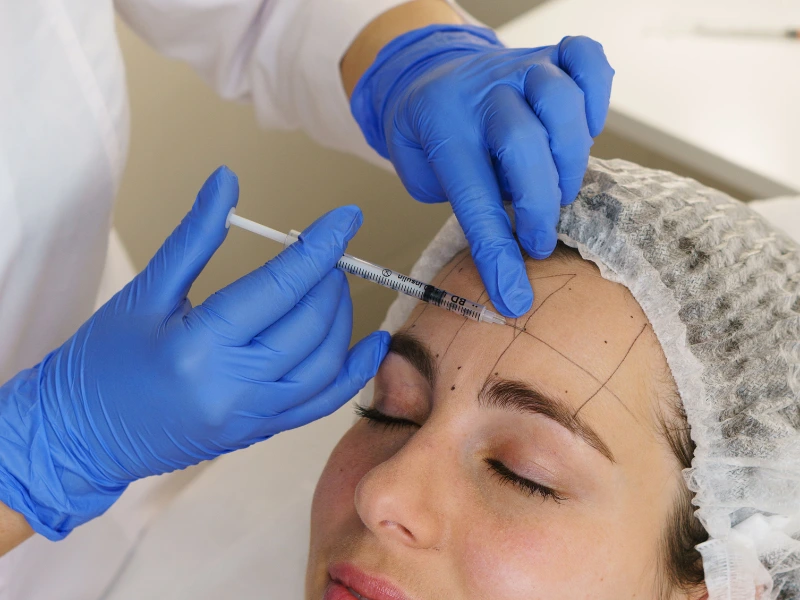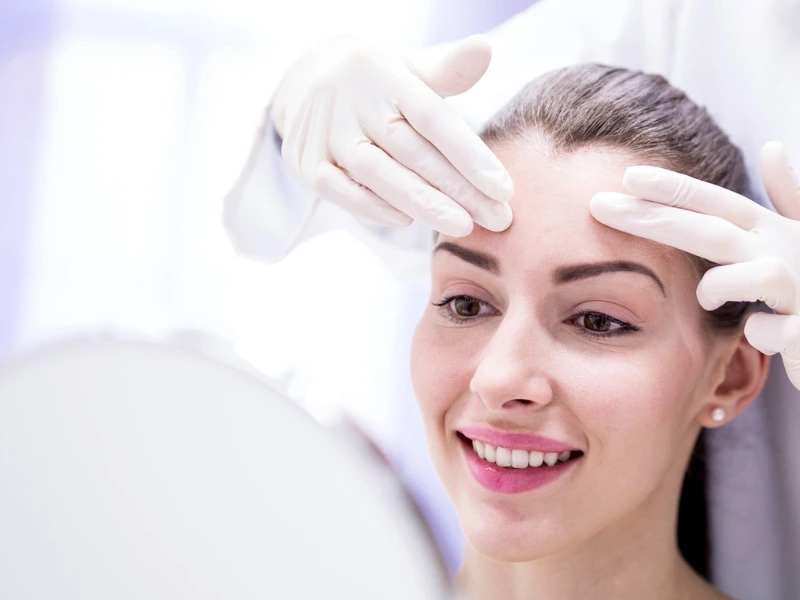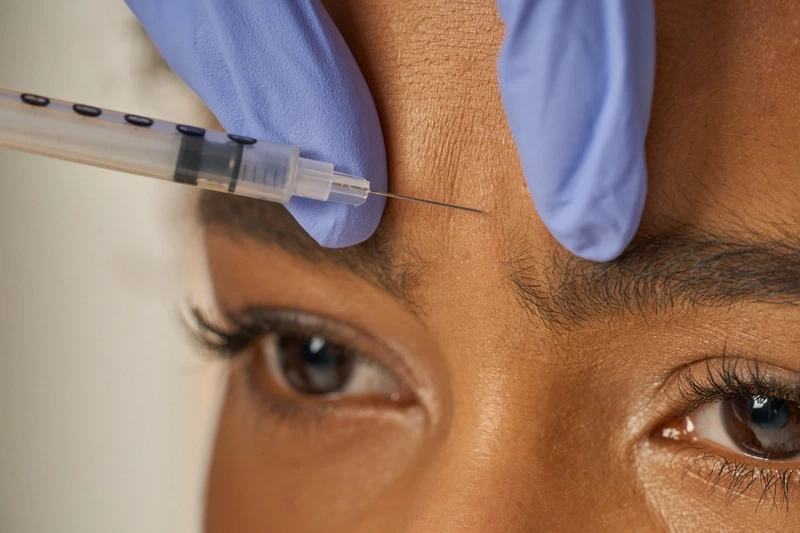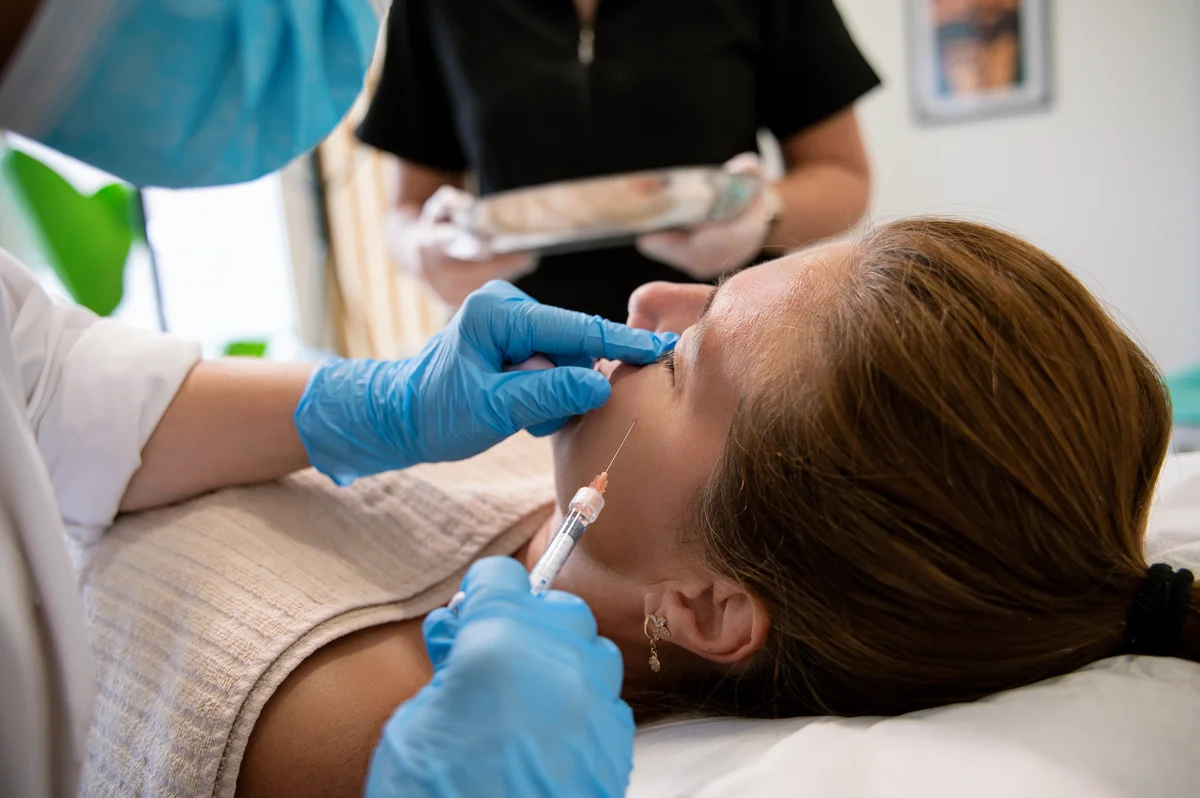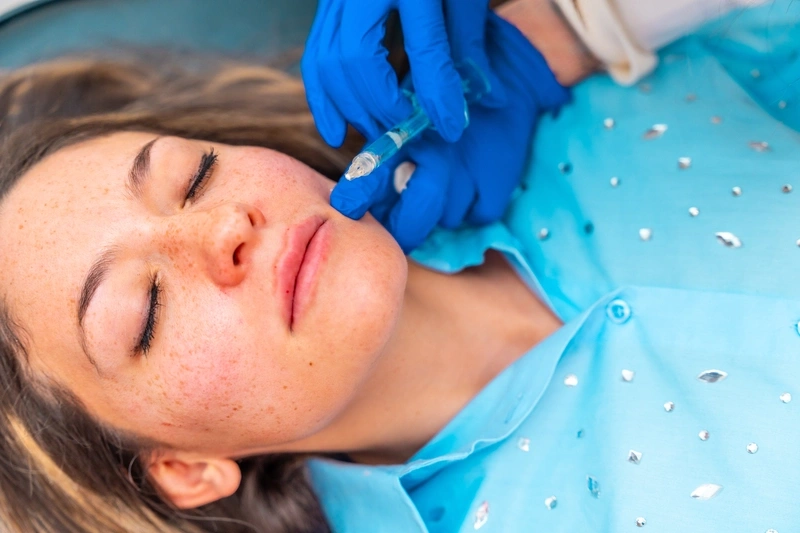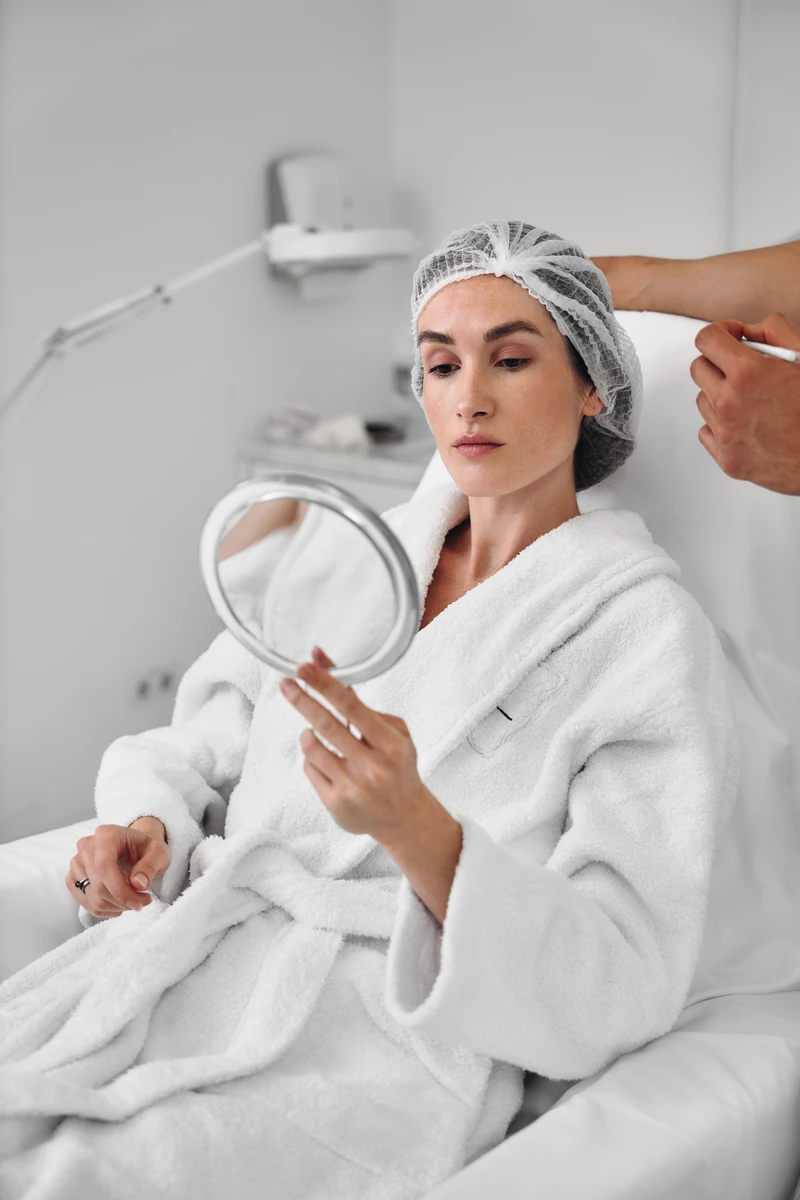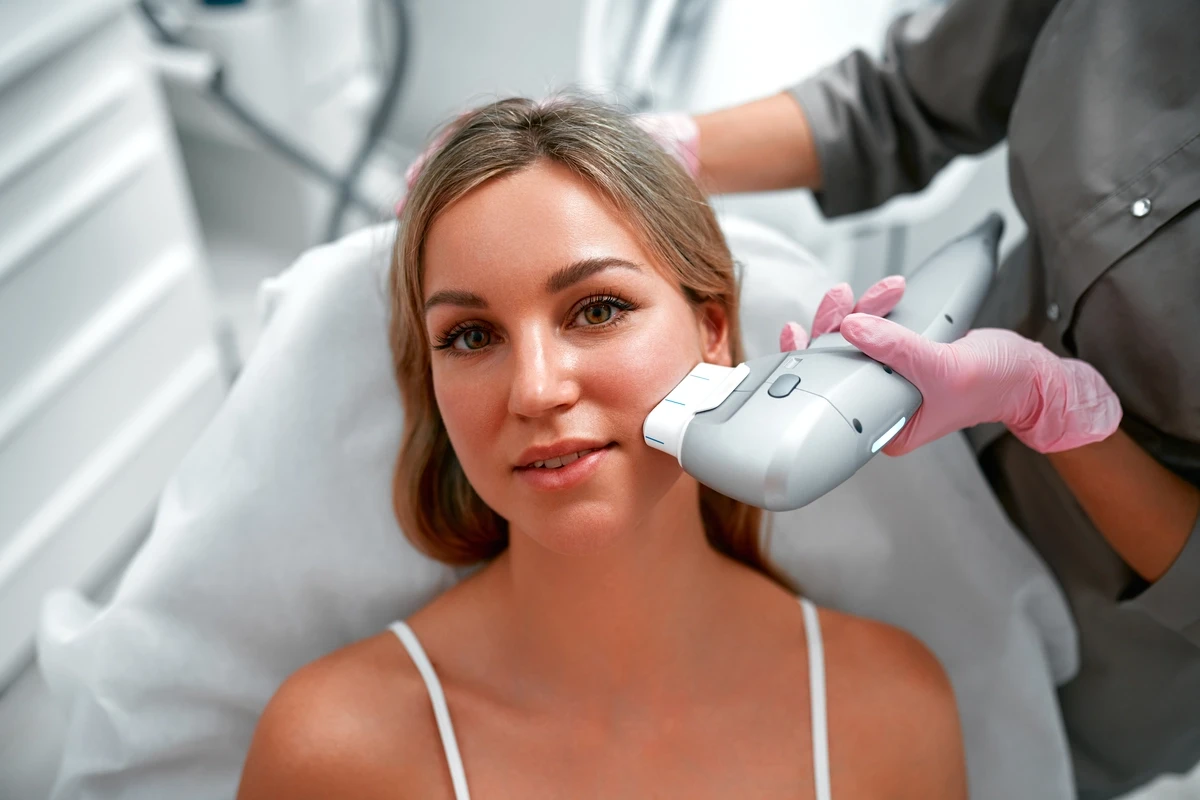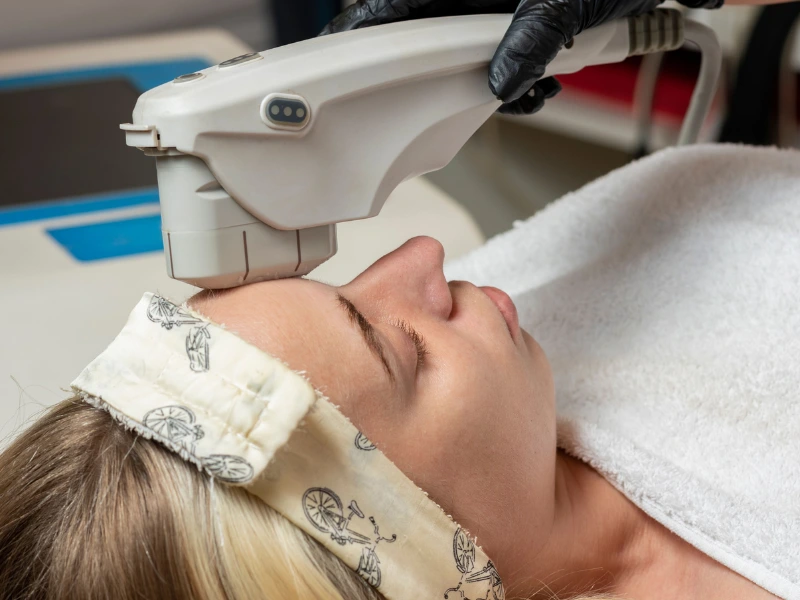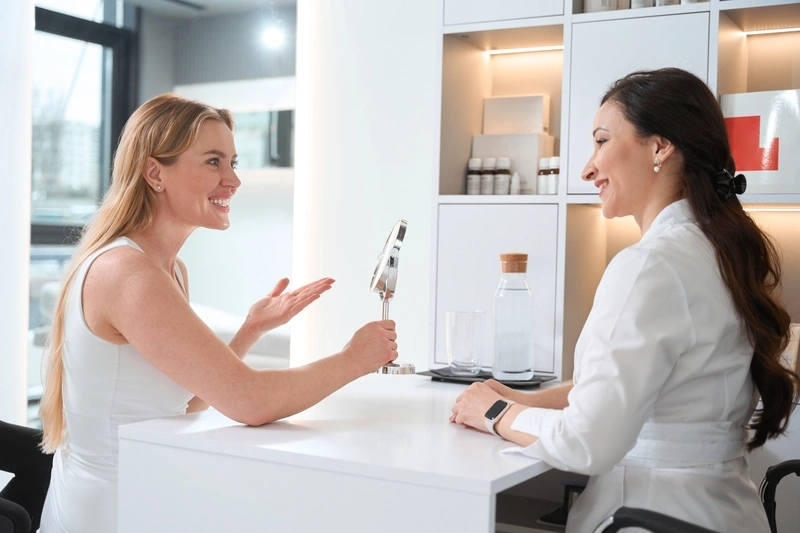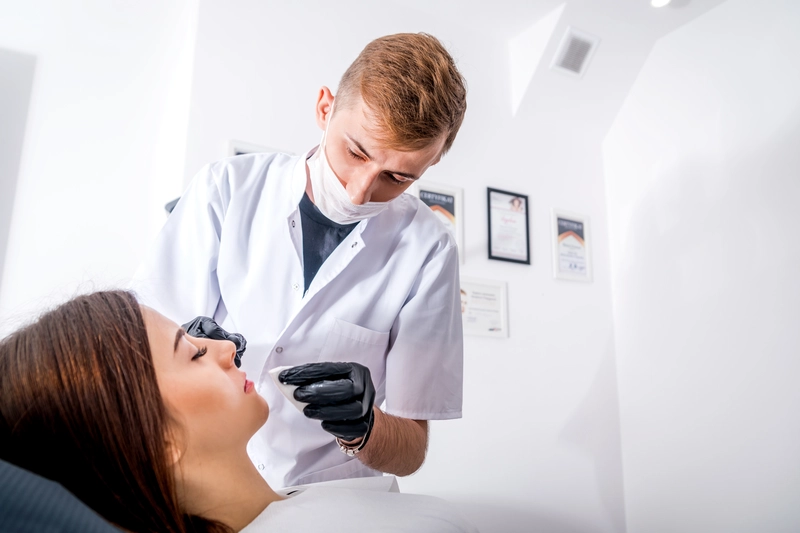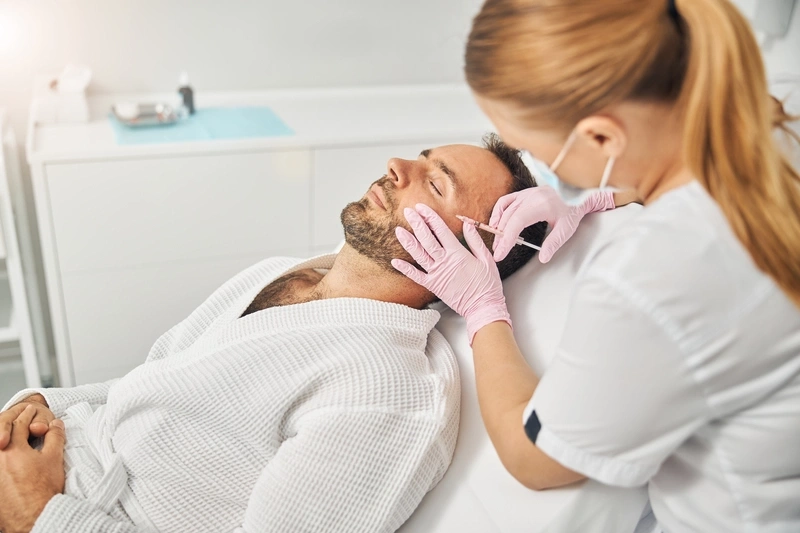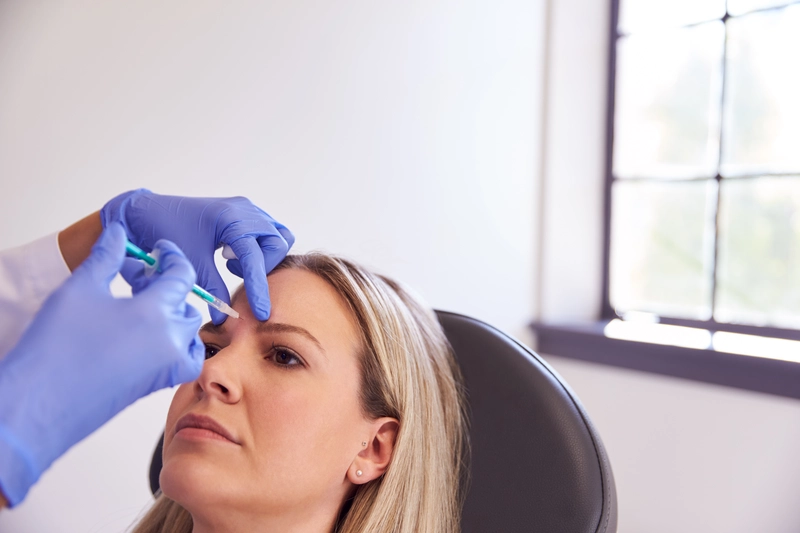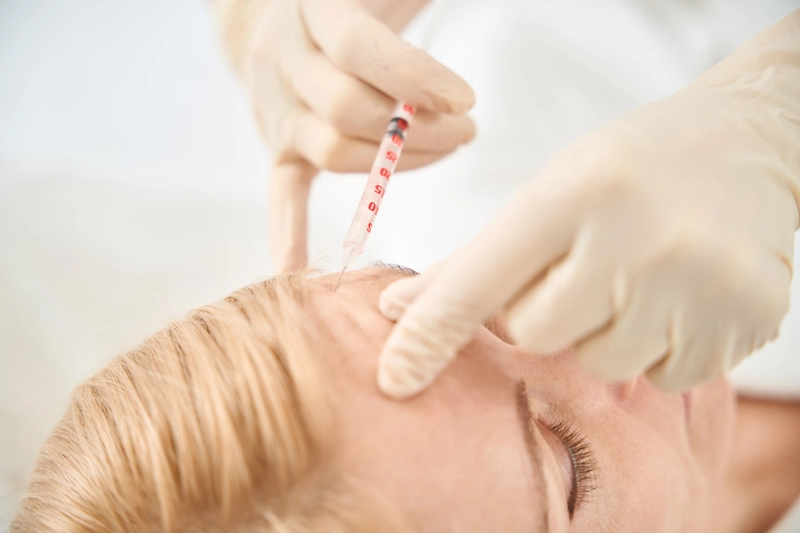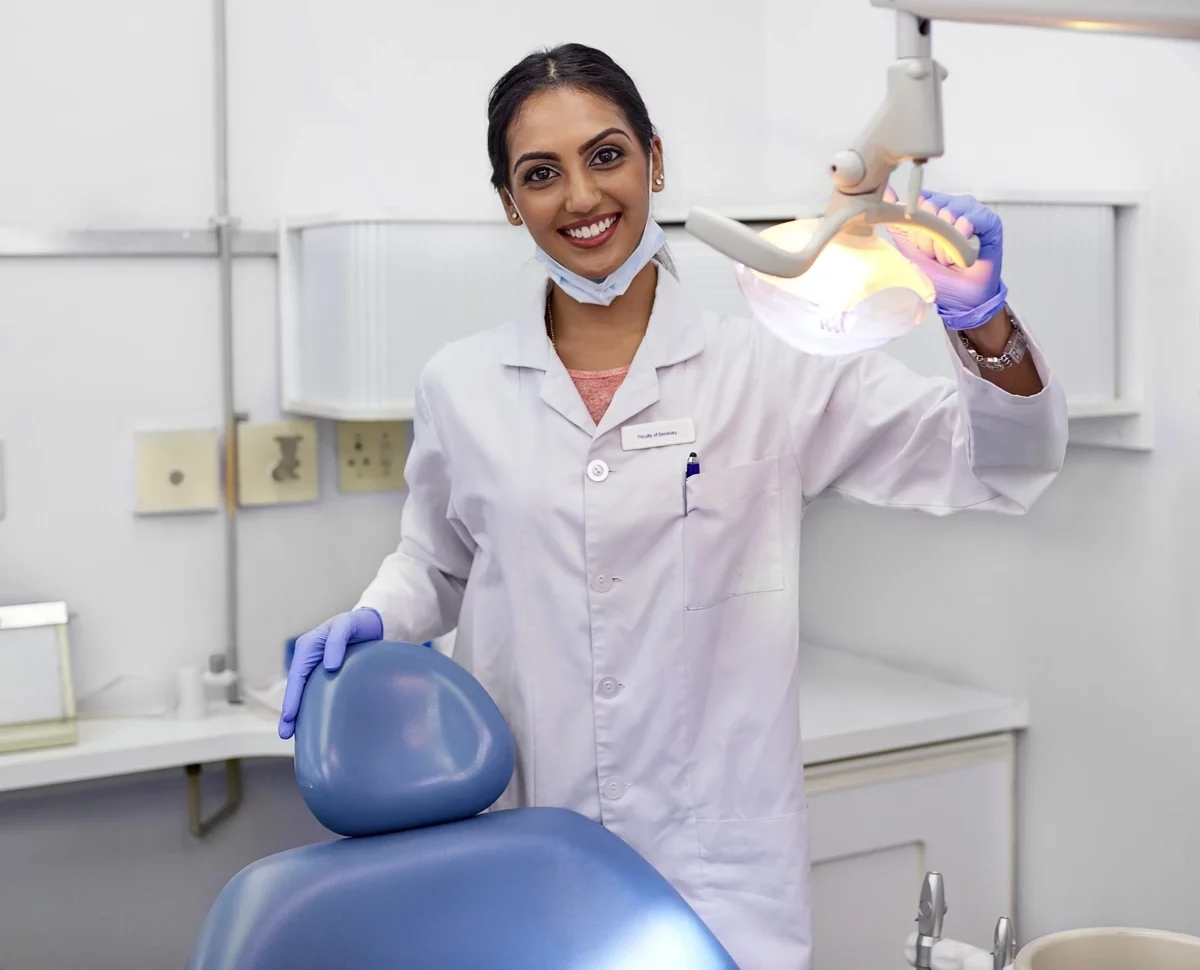Does Sclerotherapy Hurt ?
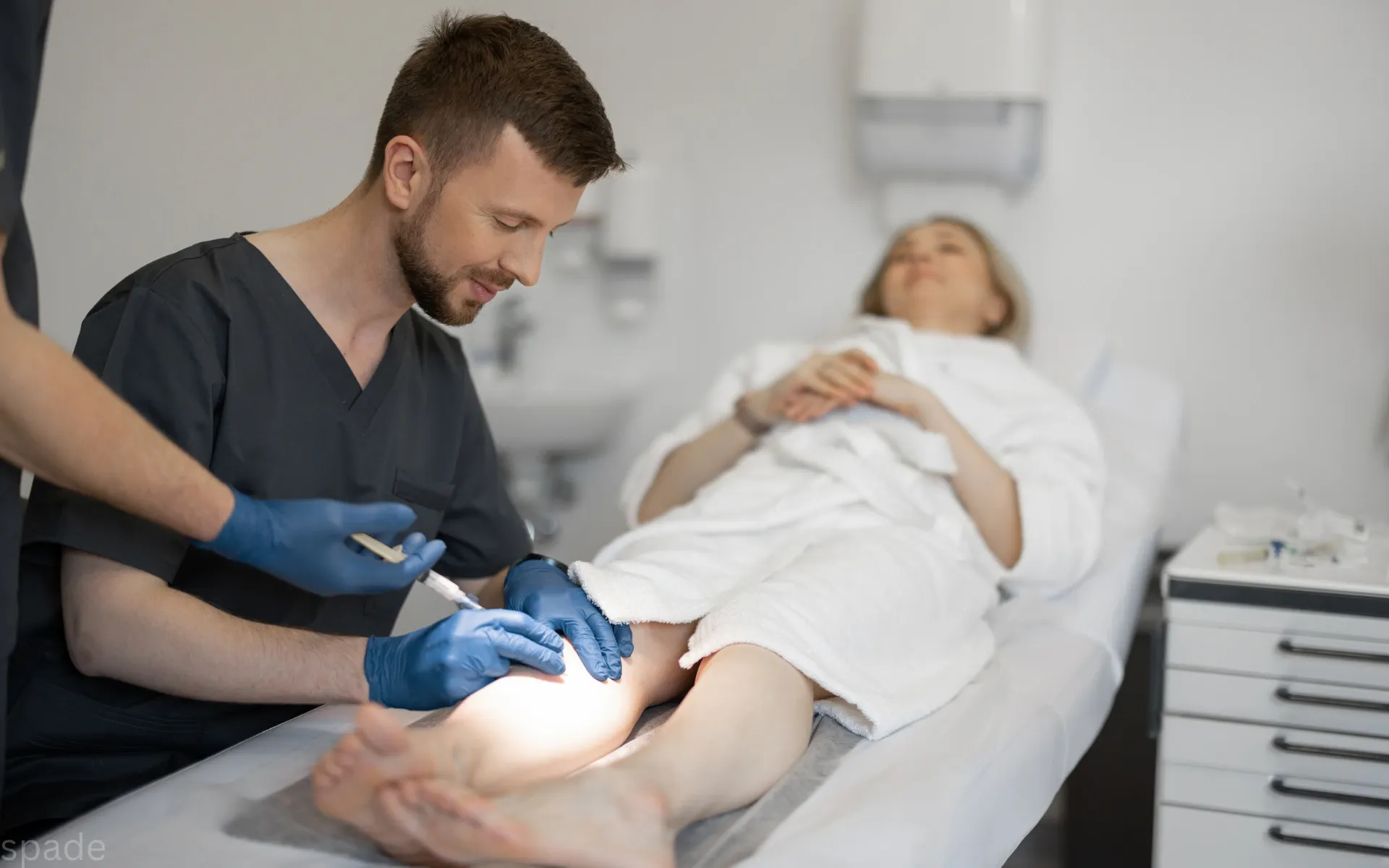
- Does Sclerotherapy Hurt? Get the Facts About Pain
- What Is Sclerotherapy?
- Sclerotherapy Pain: What to Expect During Your Session
- Factors That Affect Sclerotherapy Pain
- Minimizing Pain and Discomfort After Sclerotherapy
- Can You Resume Normal Activities After Sclerotherapy?
- FAQ
- Conclusion: Is Sclerotherapy Worth the Discomfort?
Worried about discomfort? Sclerotherapy is minimally invasive with only mild, temporary sensations. Learn how you can achieve smooth, vein-free legs today!
Does Sclerotherapy Hurt? Get the Facts About Pain
If you’re considering sclerotherapy for spider veins or varicose veins, you might be wondering, “Does it hurt?” It’s a common question, and we totally get it! The thought of needles and injections can be a bit intimidating. But don’t worry—the pain is usually minimal and short-lived.
During sclerotherapy, a fine needle is used to inject a special solution into the veins. You may feel a brief stinging or burning sensation, but it only lasts for a few seconds. Most patients find the discomfort mild and easy to tolerate. Plus, the procedure is quick, and you can typically get back to your regular activities the same day.
While there’s some discomfort involved, sclerotherapy is a highly effective medical procedure for treating spider veins and varicose veins. This reveals a fundamentally improved complexion: noticeably smoother to the touch and visibly clearer. The temporary discomfort is well worth the long-lasting results!
What Is Sclerotherapy?
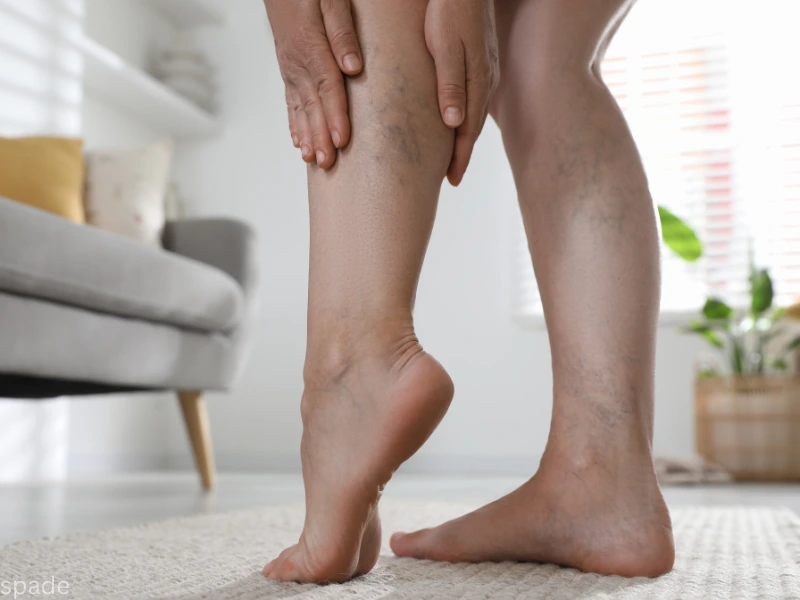
Sclerotherapy treatment is a non-surgical solution that effectively addresses and often eliminates unsightly spider veins and smaller varicose veins. A trained specialist injects a sclerosing agent directly into the affected vein. This agent targets the vein's inner lining, causing controlled irritation that triggers an inflammatory response. This leads to the vein’s permanent closure and gradual absorption by the body. It's a safe, effective, and minimally invasive approach to treating problematic veins, making it an ideal option if you're dealing with unsightly veins.
A healthcare professional performs a sclerotherapy injection, carefully delivering a solution into the targeted blood vessels to irritate their lining. Targeting the endothelium, the vein's inner lining, the sclerosing solution triggers a localized inflammatory response. This reaction leads to the adhesion of the venous walls, creating a permanent occlusion. As the veins close off, they begin to fade and eventually disappear over time. This is a highly effective way to treat veins without the need for surgery.
The process is relatively quick, with minimal discomfort for most patients. The injections are made with a fine needle, which reduces pain. After the procedure, wearing compression stockings with the sclerotherapy healing process by promoting proper blood flow and reducing swelling.
While results aren’t immediate, they appear gradually over the following weeks as the veins disappear. It’s an excellent treatment for those looking to restore clear, smooth skin.

Sclerotherapy Pain: What to Expect During Your Session
Sensation During Sclerotherapy
During sclerotherapy, you may experience some discomfort. Many patients report prickling or stinging sensations when the fine needle is inserted into the vein. These feelings are temporary and generally fade within seconds.
The Fine Needle: Minimal Discomfort
The fine needle used in sclerotherapy is very small, making the injections less painful. While some discomfort is normal, it’s usually mild. Most patients find the process tolerable and quick.
Possible Cramping During the Procedure
Some people may feel cramping as the solution is injected into the vein. This sensation is also temporary and should pass quickly. It's a normal part of the treatment process.
Pain After Sclerotherapy
After the procedure, sclerotherapy pain afterwards may include mild tenderness, swelling, or bruising. Don't be alarmed—these temporary effects usually run their course and disappear within a week. Most patients find the pain manageable and can resume normal activities immediately.
Factors That Affect Sclerotherapy Pain
Vein Size and Location
The size and location of the vein being treated play a significant role in sclerotherapy pain. Symptomatically, varicose veins are known for causing substantial discomfort like aching and heaviness, while spider veins typically cause only mild itching, if any.
Depth of Injection
Deeper veins require the needle to go further, which can increase discomfort. Shallow veins tend to cause less pain.
Skin Sensitivity
The sensitivity of the skin around the treatment area can impact pain levels. Sensitive areas may feel more prickling or stinging.
Type of Solution Used
Different solutions may cause varying levels of discomfort. A common immediate feeling is a transient wave of heat within the vessel during the injection.
Needle Size
A fine needle is used, which reduces the overall pain compared to larger needles.
Pain Tolerance
Each person has a unique tolerance to pain, which can make a difference in how the procedure feels.
Temporary Sensations
Common sensations, like prickling or stinging, are temporary and last for just a few seconds.
Minimizing Pain and Discomfort After Sclerotherapy
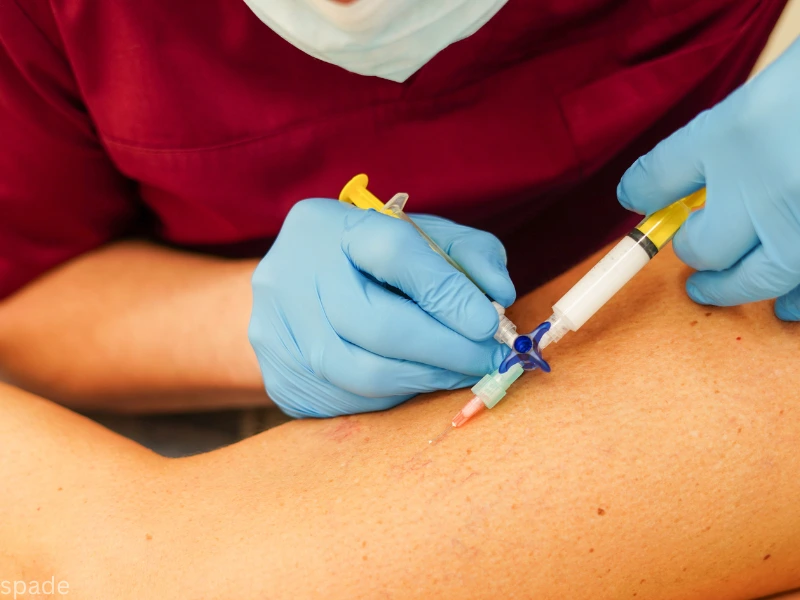

Follow these sclerotherapy aftercare steps to reduce pain and speed up recovery:
- Avoid intense exercise – Refrain from strenuous activities for 24-48 hours to prevent increased swelling or discomfort.
- Stay away from heat – Avoid hot baths, saunas, and hot tubs, as heat can irritate treated veins and slow healing.
- Wear compression stockings – Use as prescribed to reduce swelling, support healing, and promote proper blood circulation.
- Walk regularly – Light walking stimulates blood flow, enhances circulation, and aids the body’s natural healing process.
Following these sclerotherapy aftercare steps ensures a faster recovery and better results from your treatment.
Can You Resume Normal Activities After Sclerotherapy?
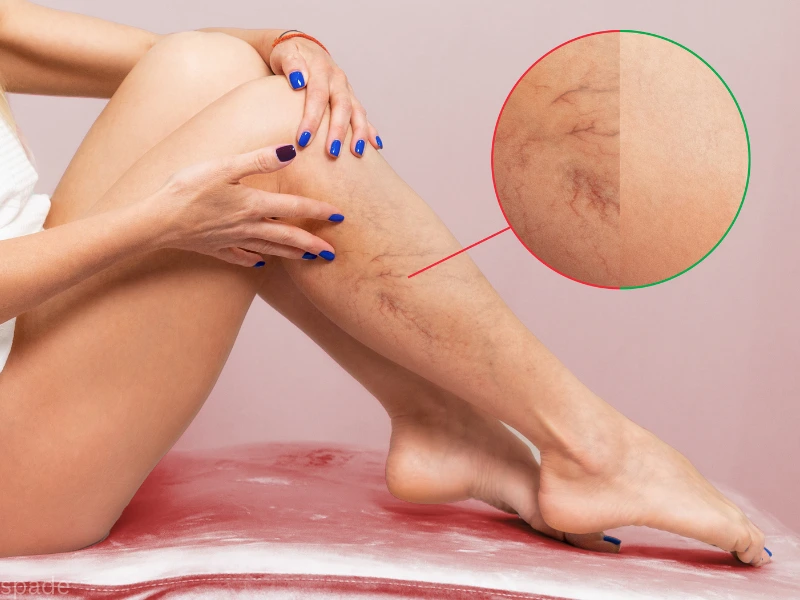
After sclerotherapy, one of the benefits is that most patients can resume their normal activities the same day or within a short time. The procedure is quick and minimally invasive, meaning you don’t need much recovery time. Many people go back to their routine activities immediately after the treatment.
However, there are a few important things to keep in mind. While you can return to work and light activities, it’s recommended to avoid intense physical activities, such as heavy lifting, running, or intense exercise, for at least 24-48 hours. This reduces swelling and discomfort.
It’s also important to avoid hot environments, like hot tubs, saunas, or direct sun exposure. Heat can irritate the treated veins, which may slow down the healing process. Keeping the treated area cool can ensure better results.
Overall, you should be able to get back to most of your regular activities quickly. But remember, following a few simple guidelines will help with faster healing and less discomfort, so you can enjoy the benefits of sclerotherapy sooner.

FAQ
Wearing compression stockings after sclerotherapy is essential for reducing discomfort and helping the healing process. Without them, you may experience more swelling or longer recovery time.
Bruising at the injection site is a frequently observed and expected side effect following sclerotherapy. It’s normal and temporary. Bruises usually fade within a few weeks and should not cause concern.
Using a very fine-gauge needle, the specialist will precisely deliver a specialized chemical solution into the unwanted veins. You may feel a stinging or prickling sensation, but it’s usually mild and short-lived.
Post sclerotherapy pain typically lasts a few hours to a few days. Mild tenderness or swelling in the treated area is normal and can be managed with over-the-counter pain relievers.
To minimize sclerotherapy discomfort, wear compression stockings as prescribed, follow aftercare instructions, and avoid intense physical activities right after the procedure.
Conclusion: Is Sclerotherapy Worth the Discomfort?


Any mild discomfort felt during the procedure is temporary and is significantly outweighed by the long-term cosmetic improvement. This treatment effectively eliminates painful veins and unsightly spider veins, improving the overall appearance of your skin. The results can enhance your confidence and relieve discomfort caused by varicose veins.
Most patients find the pain brief and manageable, especially considering the long-term benefits. The procedure is quick and requires little downtime, making it a great option for those seeking visible results without major recovery time.
For those seeking to diminish the appearance of spider or varicose veins and reveal clearer skin, Spade Skin Care offers a proven and effective sclerotherapy treatment. Book a consultation today to discuss how this treatment can improve your quality of life.

